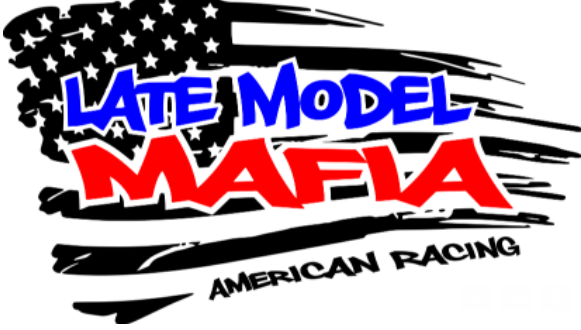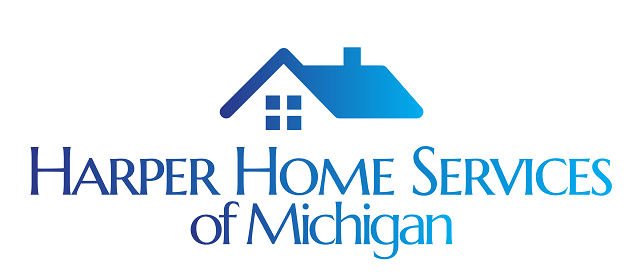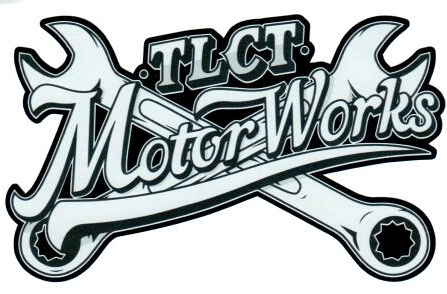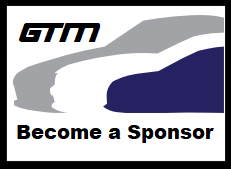For most of us, myself included, flaggers are usually just distant white blobs that occasionally ruin our lap times by telling us to stop going like heck for one reason or another. People who wake up at the crack of dawn and come to the track not to drive, but to stand in one place for 10 hours in the freezing cold, the scorching heat, and the driving rain. When I started my track day habit a couple of years ago, my instructors all stressed the importance of looking out for each flag station, but I didn’t give much thought to what the flaggers were up to when they weren’t waving a flag.
I only started flagging because I broke my arm and couldn’t stand the thought of being away from the track for several months during the track season. In seven days of flagging over the last 18 months at both race and HPDE/PDX events, I think I learned things that have helped me on and off the track. I got to see how important the job was, and I found that I really enjoy being part of the crew that helps other drivers stay safe. If any of that sounds appealing to you, I would strongly encourage you to give it a shot.
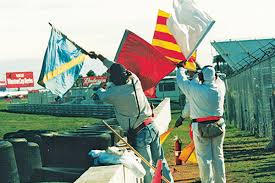
What Do Flaggers Do?
Flaggers (aka marshals, corner workers, etc.) can have several responsibilities depending on the type of event. At an organized race event, there may be five or more workers at and around each flag station, all with specific jobs and reporting up to the station chief. The chief is responsible for the crew and making all of the big decisions at the station. A single flagger will be responsible for the yellow flag, constantly looking “down” the track for incidents and displaying the yellow when necessary to warn oncoming drivers. Another flagger will be responsible for the blue flag, constantly looking “up” the track to look for slower traffic being overtaken. In the event of an out-of-control car hurtling toward the flag station, the blue flagger also has the added responsibility of warning the yellow flagger, who is looking away from oncoming traffic. One or more flaggers will act as safety crew, and the crew might rotate roles throughout the day to relieve the boredom. At a track day event, all of this is the responsibility of a single person.
Whether at a race or an HPDE/track day event, communications are critical to the effectiveness of the entire track crew. At race events, one worker is responsible for communicating information to and from race control via two-way radio. Even at a local track day, flaggers are on two-way radio link with each other, the grid, and race control. When one person says something (“I think grey 073 passed without a point-by”), everybody knows about it, and they’re all looking for you, probably all day long. It’s not that flaggers are mean, it just that it gets really boring out there and there isn’t much else to think about.
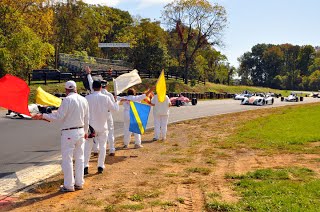
It’s About Safety
One of the big reasons we drive on race tracks is because we know it’s in many ways safer than driving on the street. No one talks on their phone or sends texts while they’re on a racetrack. It’s a closed course where a neighborhood kid or an old lady with a shopping bag is not going to suddenly appear around the next corner. We have better safety equipment in our track cars. Helmets, HANS devices, and roll cages all have the potential to make accidents on track less dangerous. And when the worst-case scenario does happen, there are emergency services just a minute away to give us whatever care we might need. And then there are the flaggers. These are the people who make race tracks as safe as they are. If your equipment isn’t ready, a flagger can help you see it. Anyone ever get black flagged for an unlatched hood (author raises hand) or a fluid leak? Anyone ever see a vigorously waved yellow or a debris flag before a blind corner? All these warnings can help prevent bad situations and keep bad situations from getting worse. I’ve never been involved with emergency services, but if you need those, the flagger will be the first to know and the one who makes it happen.
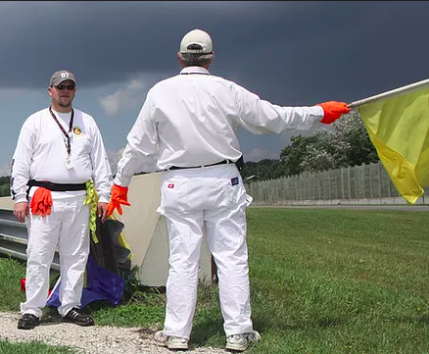
Should I Try It?
Flag stations are the best seats in the house, and you will learn more about one section of track than you could ever want to know. Stand on a particular corner all day, watch all the run groups, all the cars, all the drivers, in all track temps and conditions, and you WILL know something about the line that non-flagging drivers wouldn’t. You see exactly where the fast people turn-in, apex, and track out. You see (and hear) exactly where and how they get on and off the brakes and throttle. One type of comment you hear on the radio all the time is “grey 073 spun off 4 wheels track right and re-entered… I could see that coming a mile away.”
So go flag. Clubs like the SCCA are always begging for volunteers and will even give you credit for free track days. No experience is necessary, and getting a flagging certification is easy and cheap/free. I could have flagged the US GP at COTA or the 24 Hours of Daytona last year. Talk about best seats in the house.
Interested?
Use the links below to grab some additional information, and I hope to see you out there.
SCCA-WDCR Flag Guide – Know your flags!
SCCA-WDCR Flagging and Communications Guide – Everything you need to know before you volunteer.






